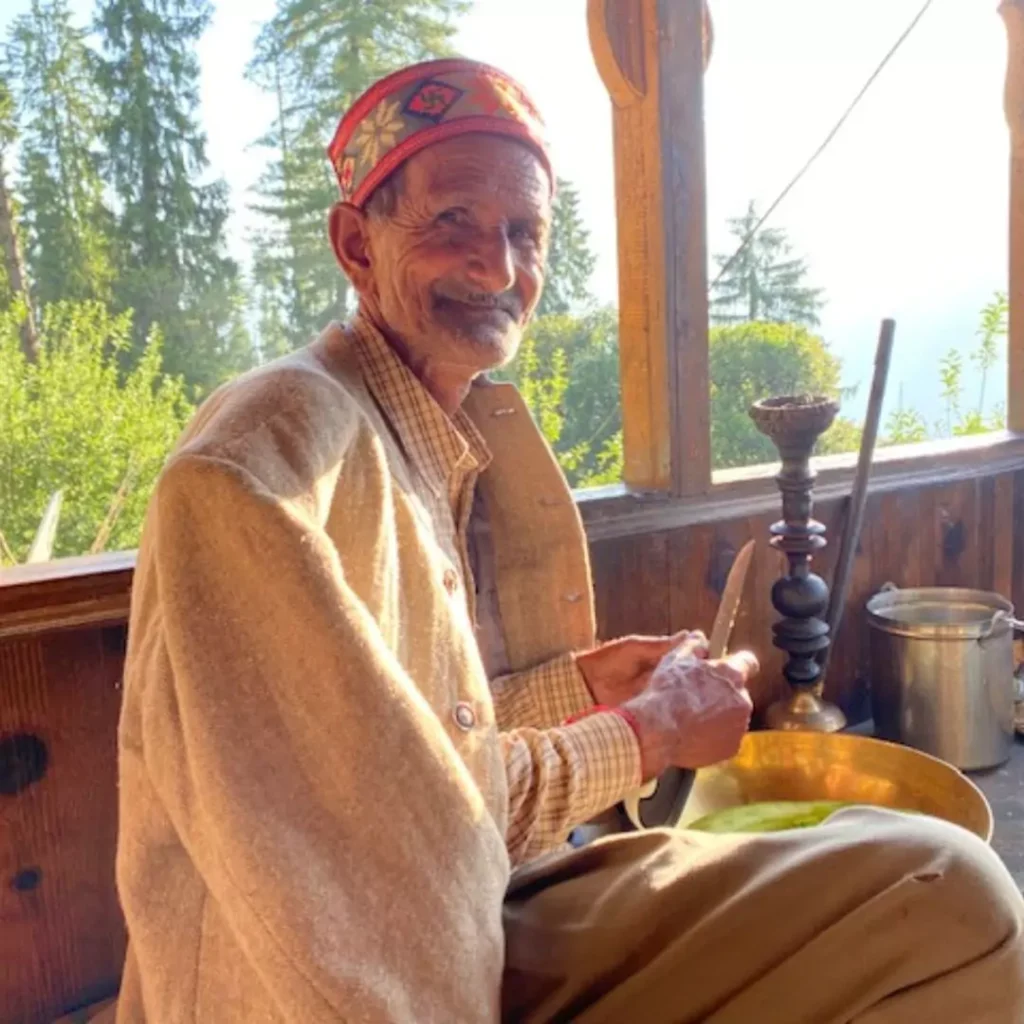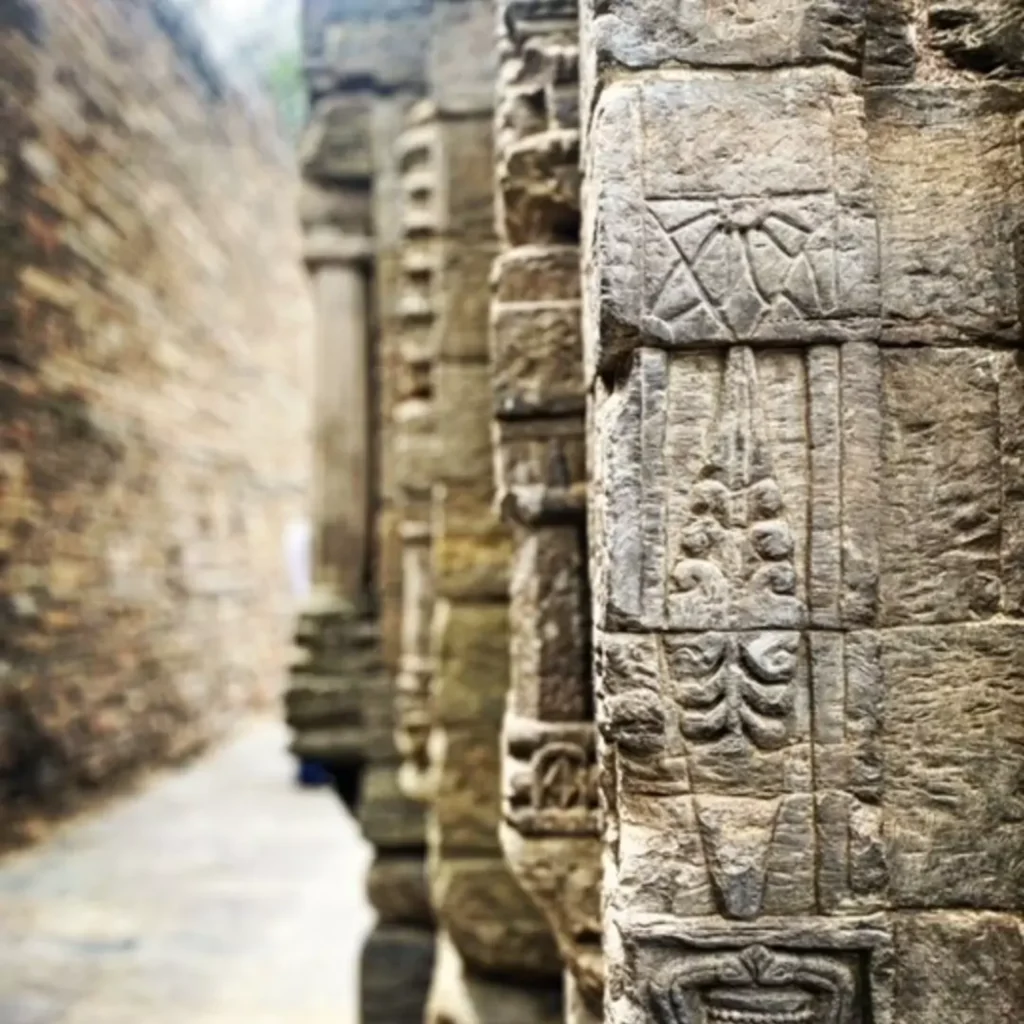Overview
At the Himalayan Conservation and Preservation Society (HCPS), our interdisciplinary research initiatives are deeply rooted in the social sciences, specifically, applied anthropology and environmental studies. We are committed to conducting ethnographic research that not only advances academic understanding, but also directly impacts communities. By engaging with local populations and involving them in our projects, we ensure that our research is relevant and beneficial at the grassroots level.
Why Choose Our Research Projects
HCPS interdisciplinary research projects offer an invaluable opportunity for students to gain hands-on experience in applied and environmental anthropology, including non-invasive archaeology, and ethnographic fieldwork to investigate social, economic, cultural, and environmental issues.
Our projects provide a platform for meaningful collaboration, fostering partnerships that prioritize the exchange of knowledge and the empowerment of local voices. By choosing to engage with our research, students, donors, and collaborators become part of a collective effort to make a tangible difference and contribute to the advancement of knowledge. By collaborating with local communities, we investigate best ways to preserve their indigenous culture and traditions, protect endangered species, and promote sustainable practices in the Himalaya.
By collaborating and donating, you become part of this meaningful effort.
Upcoming Research Projects
Wisdom and Traditions of the Western Himalayan Region
This research focuses on documenting and preserving the indigenous knowledge systems and cultural traditions of the region, recognizing their significance in maintaining ecological balance and cultural diversity. Through this project, we aim to create a platform for local voices and traditional wisdom, fostering a deeper understanding of the interconnections between culture and the environment.
The Himalayan Conservation and Preservation Society (HCPS), in partnership with the Himalayan Institute of Cultural and Heritage Studies Foundation (HICHS), a nonprofit based in rural Shimla, is conducting a comprehensive research initiative called Wisdom and Traditions of the Western Himalayan Region. This project aims to document and digitize both intangible and tangible cultural heritage, including the wisdom, traditions, rituals, oral narratives, and songs relating to the flora, fauna, landscape, and mountains of the Western Himalayan region.
Our research seeks to answer critical questions about the successful transmission of diverse traditional knowledge, the evolving usage of sacred spaces, and the interconnectedness of intangible and tangible cultural traditions.
By employing an interdisciplinary approach, we aim to understand the mechanisms that enable the Himalayan peoples to shape and transmit their religious and cultural identities, document intangible cultural heritage, and map both tangible and intangible cultural heritage.
Your support for this project will provide a unique opportunity to scholars in the field to advance knowledge, and preserve the rich cultural heritage of the Himalaya. As a token of our appreciation, funders will receive special privileges such as exclusive access to research updates, invitations to cultural events, and acknowledgment in our published works.
Your contribution will not only aid in documenting and preserving these invaluable traditions, but it will also ensure that these traditions are safeguarded for future generations.
Preserving Myths & Folklore: Conservation and the Harbingers of Change in the Western Himalaya
The folklore of the Himalaya holds a treasury of myths and legends, encompassing stories of plants, forests, waterways, and ancient farming methods. These narratives, often evolving or sadly forgotten over time, contain metaphors for nature conservation. Unraveling these tales requires the expertise of local knowledge bearers and storytellers.
In collaboration with our sister organization, the Himalayan Institute of Cultural and Heritage Studies Foundation (HICHS), the Himalayan Conservation and Preservation Society (HCPS) proposes a research initiative called Preserving Myths & Folklore: Conservation and the Harbingers of Change in the Western Himalaya. The project is dedicated to gathering, preserving, illustrating, and digitizing stories and ensuring their survival for future generations. The project also emphasizes the involvement of local communities, especially children and the elders, in understanding the oral transmission of these myths and legends, and how they might impact conservation and preservation approaches.
The mission for this research is to understand the continuity of the landscape by drawing on the wisdom of our ancestors and seeking appropriate solutions to preserve invaluable natural resources. The project seeks to make the village a focal point for the discussion on the close link between cultural heritage and the environment while investigating sustainable living practices.
This research is of immense significance as it not only safeguards cultural heritage, but also provides vital insights for sustainable environmental practices. Revealing the ancient wisdom embedded in these narratives can inform modern conservation efforts, bridging traditional knowledge with contemporary environmental challenges and solutions.
Given the gravity involving the new epoch, the Anthropocene, and the recent devastating impacts of climate change the Himalayan region, an understanding of the underlying meaning of these myths, legends, and stories becomes increasingly important, as they hold hidden knowledge crucial for conservation and resource preservation. This project offers a valuable opportunity to collaborate with local communities and understand how through their practices, they can preserve cultural heritage and advance environmental conservation.
By supporting this project, you will gain special privileges, including exclusive access to the digitized collection, invitations to events featuring local performances of these stories, and the opportunity to engage with the involved communities.
Your support for this project will also provide a unique opportunity for scholars in the field to document, and therefore investigate solutions to preserve the rich intangible heritage of the Himalaya.
Your contribution will not only aid in preserving these invaluable traditions but also ensure that they are safeguarded for future generations.


